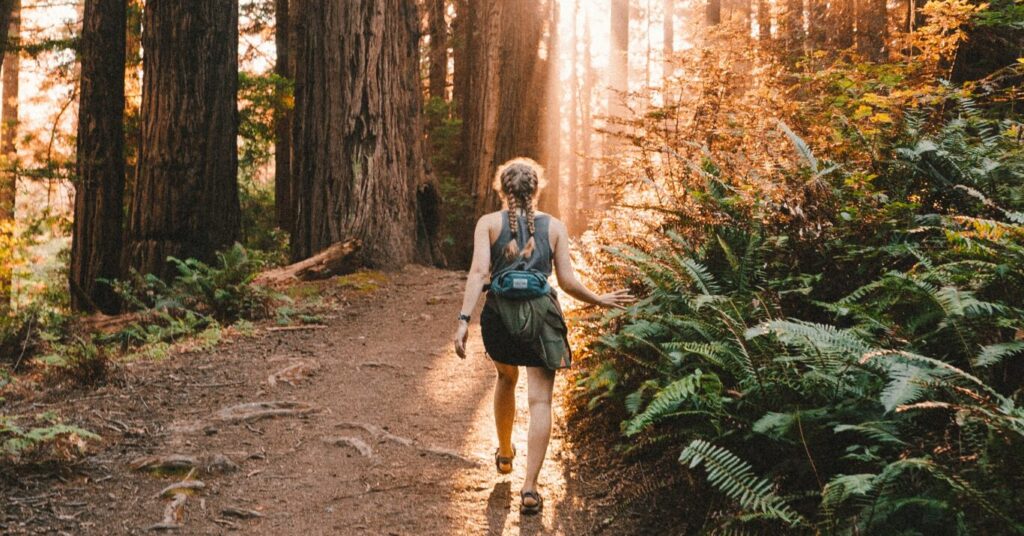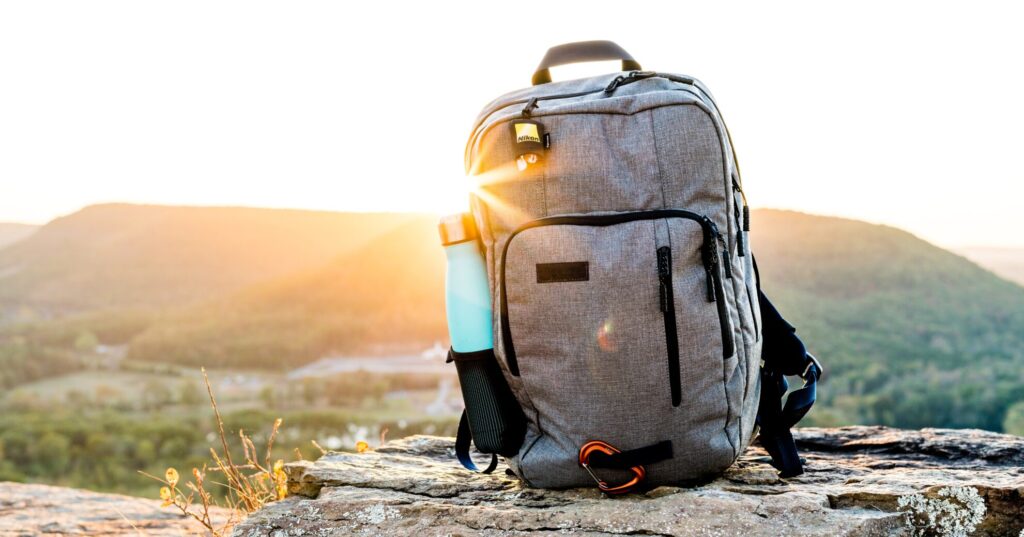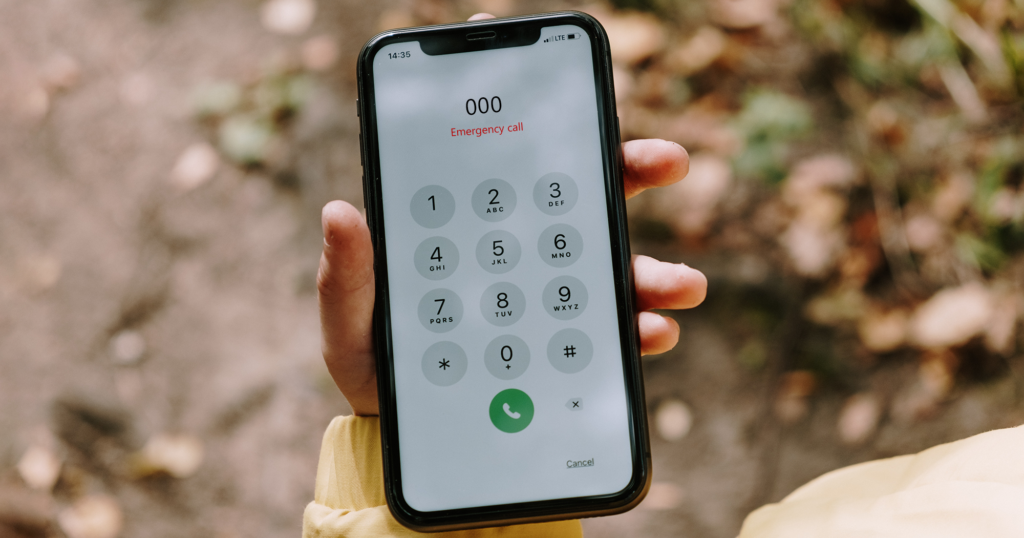Hiking is great exercise, an enjoyable way to discover new places, and perfect for getting out of your comfort zone. It can also, however, be a rather dangerous activity if you head off on a hike without being properly prepared and taking appropriate precautions. Following best practise for hiking safety is vital in ensuring everyone returns from your hike happy and healthy, so we've put together a few tips to help make the experience as safe as possible.
Ultimate guide to hiking safety
SafeWise experts have years of firsthand experience testing the products we recommend. Learn how we test and review.

Planning ahead
One of the most common hiking safety tips you'll hear is to plan ahead. Unfortunately, many people won't elaborate on this, which can leave beginners wondering where to start. We believe the below steps are some of the most important, but remember that preparation looks different for everyone based on your needs and destination.
Check the classification
Hiking trails in Australia are ranked in difficulty on a scale of AS1 to AS5. As the number increases, theoretically, so does the difficulty. In practice, however, hikes are going to provide different issues depending on your personal hiking ability and needs. In other words, while most people can happily make their way along AS1 and AS2 tracks without issue, use discretion with those which have higher ratings. We also suggest avoiding AS5 tracks completely unless you're an experienced hiker, as they tend not to be marked and often require more complex navigation and movements.
Research your destination
Speaking of your destination, the first thing you need to do is research it. While Australia has plenty of beginner-friendly hiking destinations, we've also got some that will challenge even the most experienced hikers, and you don't accidentally want to end up somewhere that's above your pay grade.
Make sure your fitness level is adequate
While there are plenty of hikes that are suitable for all fitness levels, some require a bit of extra effort to complete. For this reason, we suggest always checking what obstacles you may run into on your hike (climbing, scrambling, etc.) before committing.
Stick together
The saying that there's safety in numbers definitely applies to hiking. It's far easier to get lost when hiking alone, but you also run the risk of running into issues if you lose your companions while out on the trail. It's always best to stick close together when hiking in a group, and never take a turn or different path if not everyone is present. Plan ahead to ensure that this is possible, and make sure no one is left behind.
Let others know about your hike
Finally, before heading off on any hike it's important to let someone who isn't coming along know where you're going and how long you'll be gone. This means help can be alerted quickly if you don't return and will help prevent you from panicking if you end up in a not-so-favourable situation.

What to pack
Proper footwear
While dedicated hiking boots and shoes are available and designed specifically to improve hiking safety, there is no one size fits all solution. We believe that as long as your shoes provide proper support and are comfortable enough to wear for the duration of your hike, you should go with whichever footwear option best suits you and your needs.
More water than you think you need
We can survive for a long time without food, but chances of survival without water are slim. Always pack more water than you need in case something goes wrong. We suggest taking as much as you can carry, but the amount that you need will vary from person to person.
Plenty of non-perishable snacks
Everything's better with snacks, and if you find yourself stranded, you'll be glad you have extras while you wait for help to arrive.
Any medication you take
It's always better to be safe than sorry, so we suggest bringing along any medication that can't be missed so you've got your dose for the day available when you need it.
First aid kit
Scrapes, cuts and sprained ankles are some of the most common risks when hiking. A first aid kit can help with all three, so we suggest bringing one along.
A change of clothes and a raincoat
This may seem over the top, but we also suggest bringing a change of clothes and a raincoat. They'll be incredibly valuable if you get lost or stuck and it's always nice to be able to stay dry if it rains.
Torch
Vital for night hiking (or overnight hybrid camping trips) torches should also be taken on day trips in case you end up in a particularly well-covered area or find yourself out later than you expected to.
Map and compass
Even if you think you know your way around well, it's always wise to bring a map and compass. If there's a visitor hub at the area you'll be hiking in, we suggest getting your map from there so you've got the most up to date information.
Lighter or matches
Finally, even if you don't intend on making a fire, it's always good to have the ability to do so. For this reason, we suggest bringing a lighter or pack of matches on your hike with you.
Use an emergency blanket
Designed to keep you both warm and dry, thermal emergency blankets are versatile tools that should be in every hiking kit. Useful for reflecting light, collecting water and even cooking in hot weather, an emergency blanket is going to be your best friend in the event something goes wrong.
Whistle for help
If you're just a little lost, or if there's a good chance that someone is nearby to help you if you've become injured or stuck, a standard whistle can become a life-saving device. The piercing sound these things make is hard to miss, and most hikers understand that it's a sign of distress, so your whistle can bring help a lot faster than calling out or trying to find emergency coverage on your mobile.
Use your Personal Locator Beacon
If you can't get service to call for help and are lost or dealing with weather that makes it unsafe either to continue or wait the situation out, it's time to make use of your Personal Locator Beacon (PLB). These life-saving devices can be rented or borrowed from local park offices or police stations, but should only be used as a last resort, as you're going to be found a lot more quickly if you can give exact information to emergency services over the phone.
Beware of wildlife
If you're stranded at night or find yourself hiding from the heat during a summer day, there's a much higher chance of running into not-so-friendly animals. There's a possibility of running into anything from spiders to dingos, crocs and other nasties, so always stay aware of your surroundings, check before you get comfortable anywhere and try to keep a big stick within reach. We're not suggesting that you beat up the local wildlife, but a stick does make a good deterrent and can help keep distance between you and anything that wants to eat you.
